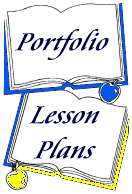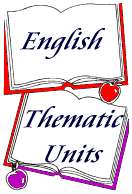![]()
|

Commas in Brief
-
Use commas to separate items in a series.
He has never been in Pittsburgh, Memphis, or New Orleans. -
Use a comma before a coordinate conjunction (and, but, or, nor, for, yet) that joins two independent clauses.
The package arrived on Monday, but the contents had been damaged in transit. -
Place a comma after an introductory verbal phrase, introductory dependent clauses, and lengthy introductory prepositional phrases that is used as a modifier.
Before entering the building, Harold stopped to shine his shoes. -
Use commas to separate the times in a date or an address.
They met on Sunday, January 6, 1979, in Portland, Oregon. -
Place a comma after an introductory adverb clause.
If she had made the sale, she would have earned an excellent commission. -
Use commas to set off nonrestrictive phrases and clauses (if you can leave it out, it needs commas).
Mr. Ross Williams, who once worked for General Motors, will be our new vice president. -
Use commas to set off parenthetical expressions.
There are, I understand, at least four more items to be discussed. -
Use commas to set off words that are independent of a main clause or clearly nonrestrictive.
This project, Mr. Daniels, may take a week or more. No, it cannot be completed in two or three days. -
Use commas when they are needed simply to prevent misreading.
Without Edna, Thomas may find it difficult to stay in business. -
Use commas when they are needed to secure emphasis.
The letter of commendation was, belatedly, sent to his home office. -
Use commas to set off direct quotations.
Then George said, "Yes, Martha, I do object to your dating Benjamin Franklin and Thomas Jefferson on the same evening," and he stored out of the room. -
Use a comma to separate two adjectives if the word "and" could be used between them.
She was a tall, beautiful woman.




